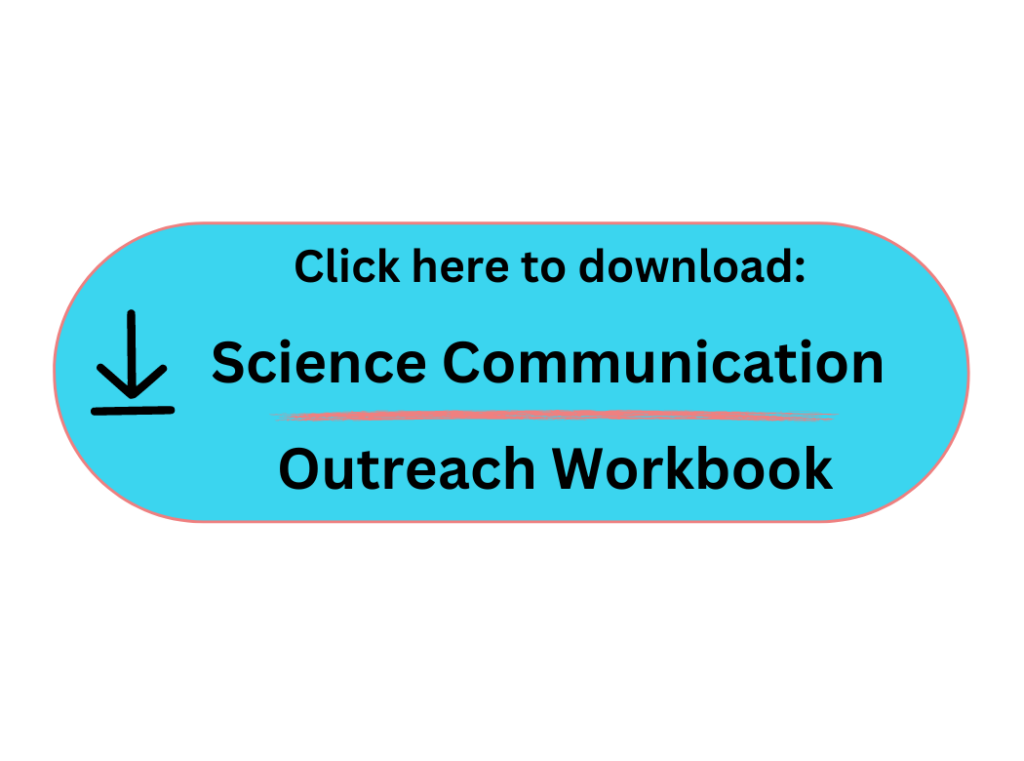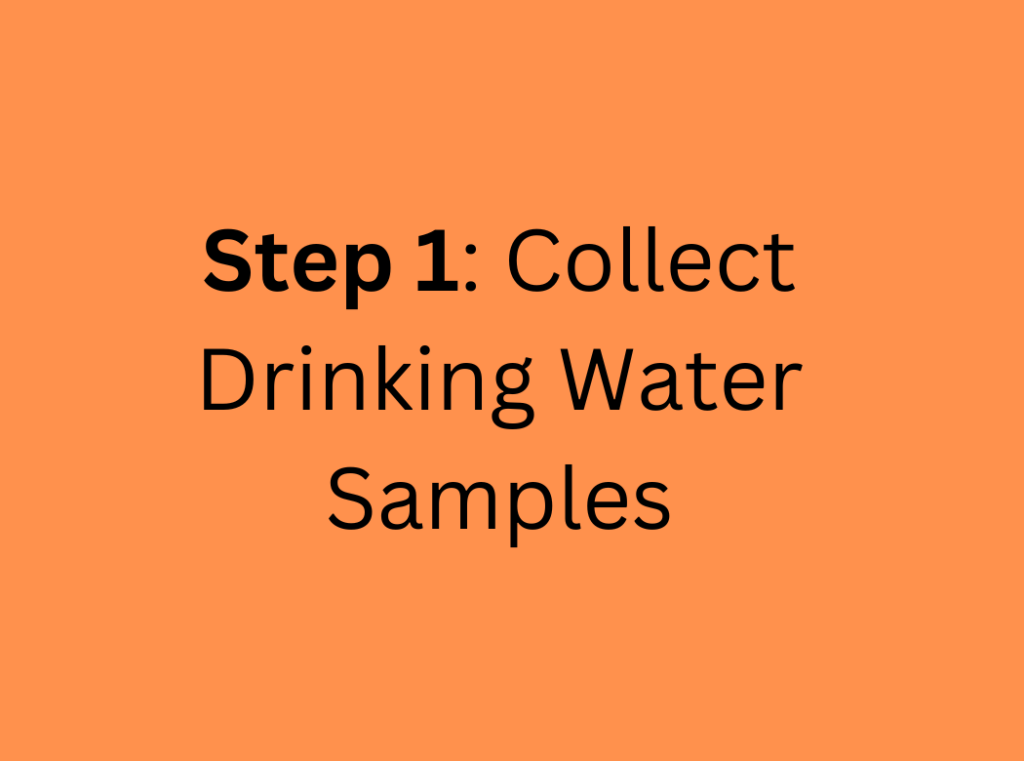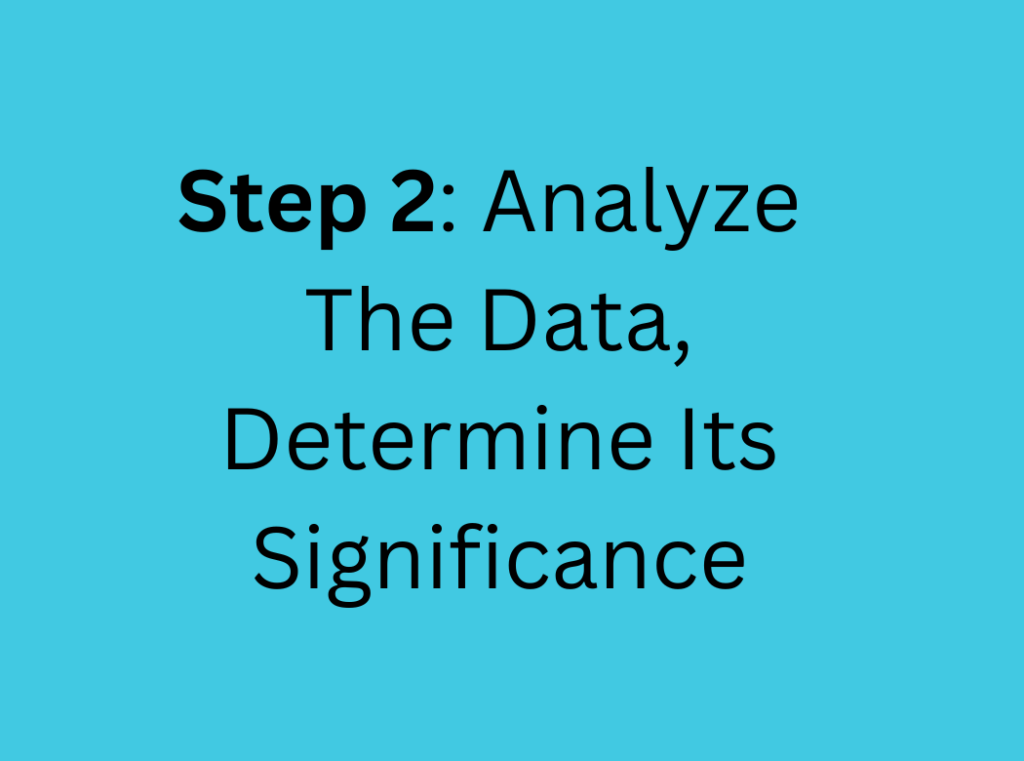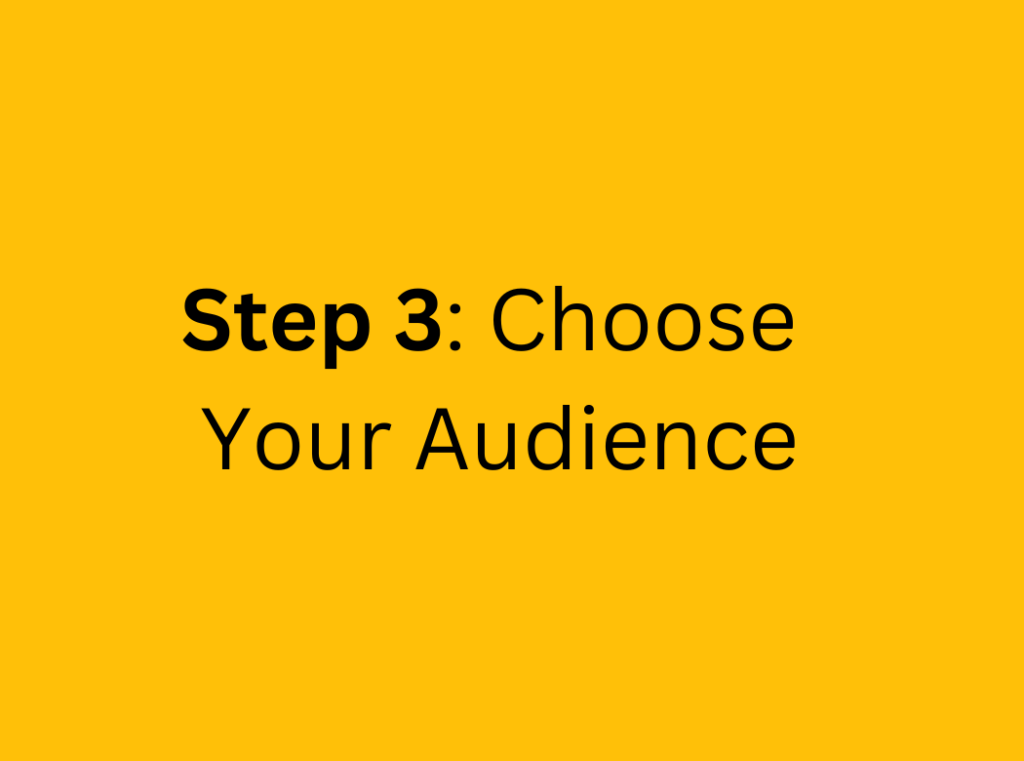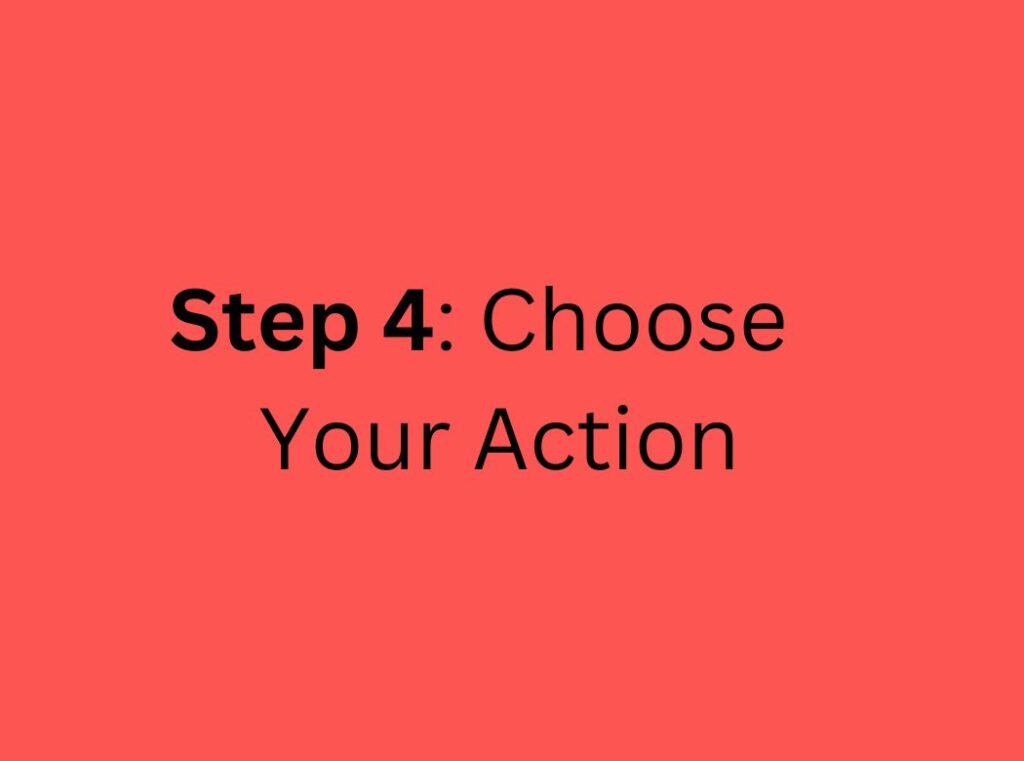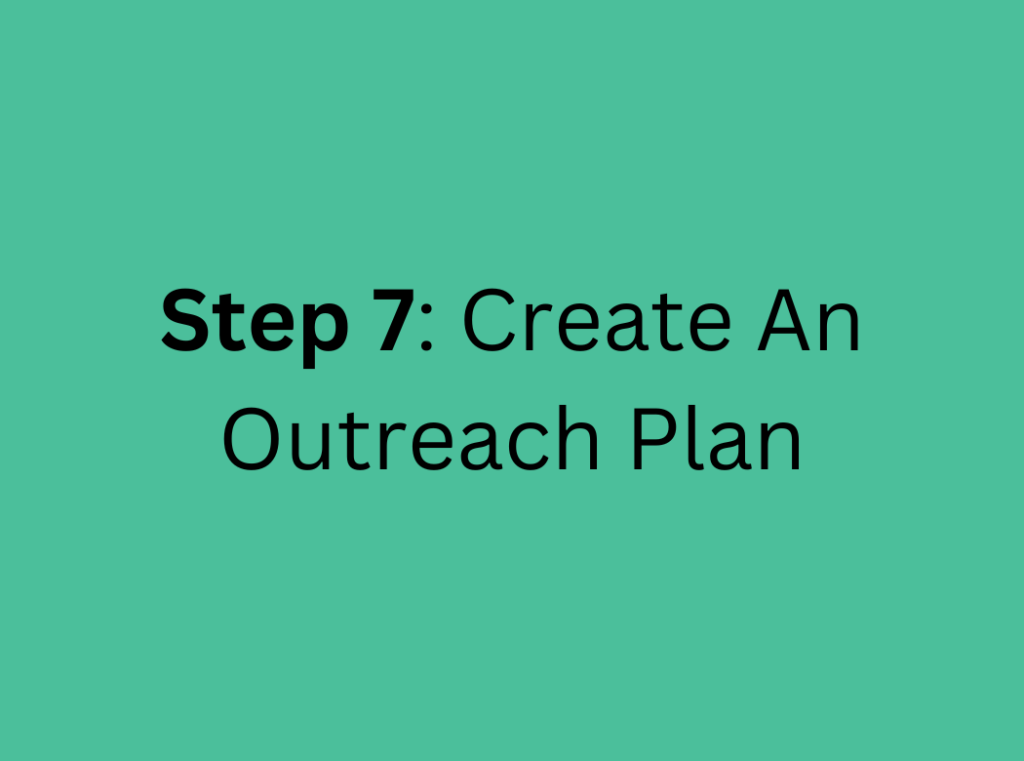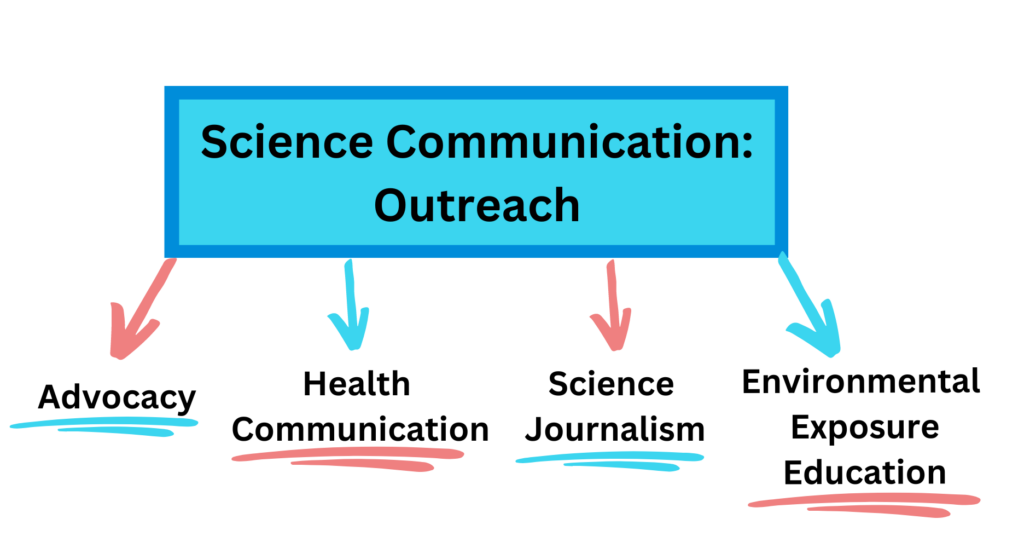
What is Science Communication?
For our SEPA project, the primary focus is public outreach. The Science Communication Workbook provided below offers a comprehensive set of activities designed to help students develop the skills necessary to engage confidently with their communities.
We aim to empower students to become effective advocates for change, specifically in promoting public health improvements related to drinking water quality. By equipping students with these essential communication and advocacy skills, we aim to foster a more informed and proactive community, ultimately leading to healthier and safer drinking water for all.
The Science Communication Outreach Workbook can be downloaded and put in a binder for ready classroom use. Activities can be photocopied for students to work on in groups or as individuals. Alternatively, all workbook components can be explored independently using the links below. Students can save “Lessons for Students” as PDF copies to their computers and answer discussion questions or complete assignments by editing the PDF or using a new Word Document or Google Doc.
Communicating Findings – Outreach Workbook
Goal: This workbook helps teachers and students create an effective outreach plan based on their discoveries. Students will learn how to identify their target audience, determine the action they want to prompt, frame their message in a compelling way, and select the best communication medium.
Step 1: Collect Drinking Water Samples
Necessary to understand what the specific local drinking water issue is
Follow the steps on our Project Management page to collect and submit drinking water samples for analysis.
Step 2: Analyze the data & determine its significance
Necessary to tell a data-supported story
Use this TUVA activity to help you get started. Our custom Tuva platform allows you to explore our SEPA drinking water datasets.
Step 3: Choose Your Audience

Complete the lesson on Audience. Then, select a specific audience to share a relevant message about the drinking water project’s results (completed in step 2).
Consider these questions:
- Based on your analysis of water quality data, which group of people do you believe will benefit most from receiving your message?
- Considering current circumstances and potential impact, where do you see opportunities to effectively disseminate your data? For example, are there upcoming community gatherings, legislative sessions, or other relevant events where sharing your findings could be particularly impactful? If so, this can help inform who you decide your audience should be.
Now, choose your audience. Who do you want to reach with your message? Consider the following:
- Legislators
- Municipal Leaders
- Neighbors / Community Members
- Peers
- Schools
- Other
Step 4: Choose An Action
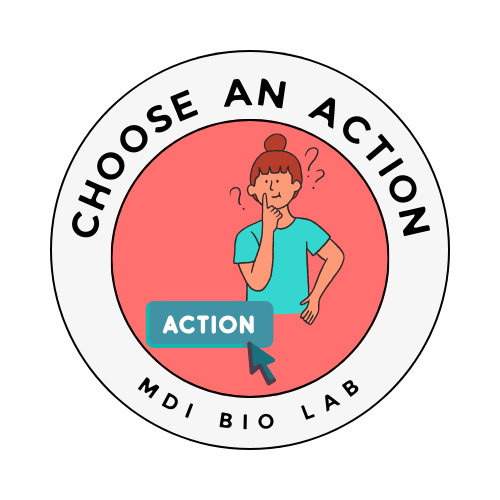
What do you want to accomplish by sharing your data-supported story? Consider what action you want your audience to take.
- Encourage water filtration
- Increase water testing
- Get water testing funded
- Share information about water testing and/or filtration
- Get help with water testing
- Raise awareness about environmental health
- Invite participation in a water-testing project
- Start a legislative action
- Other
Step 5: Frame Your Message
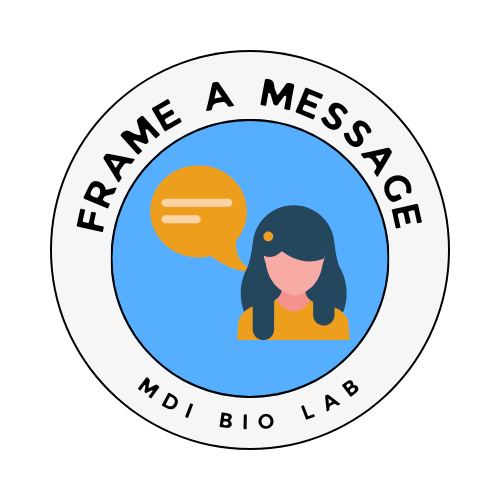
Complete the lesson on Framing a Message. Then decide on what frame you want to use to help guide the story about the issue you are addressing. Your frame may be one of the following, or something else –
- Public Health Protection
- Environmental Protection
- Human Equity
- Economics
- Other
Step 6: Choose A Medium
Investigate the flowchart below. Choosing a medium for your outreach depends on your audience, the action you want them to take, and how you plan to frame your message. For example, reaching out to your student peers and expecting them to start a legislative action would not make sense. When reaching out to a legislator, you should decide your frame beforehand. For example, would sharing health information (such as lead levels in children) be more effective than presenting an economic or social argument? You might want to look into what the legislator has supported in the past to find out what motivates them!
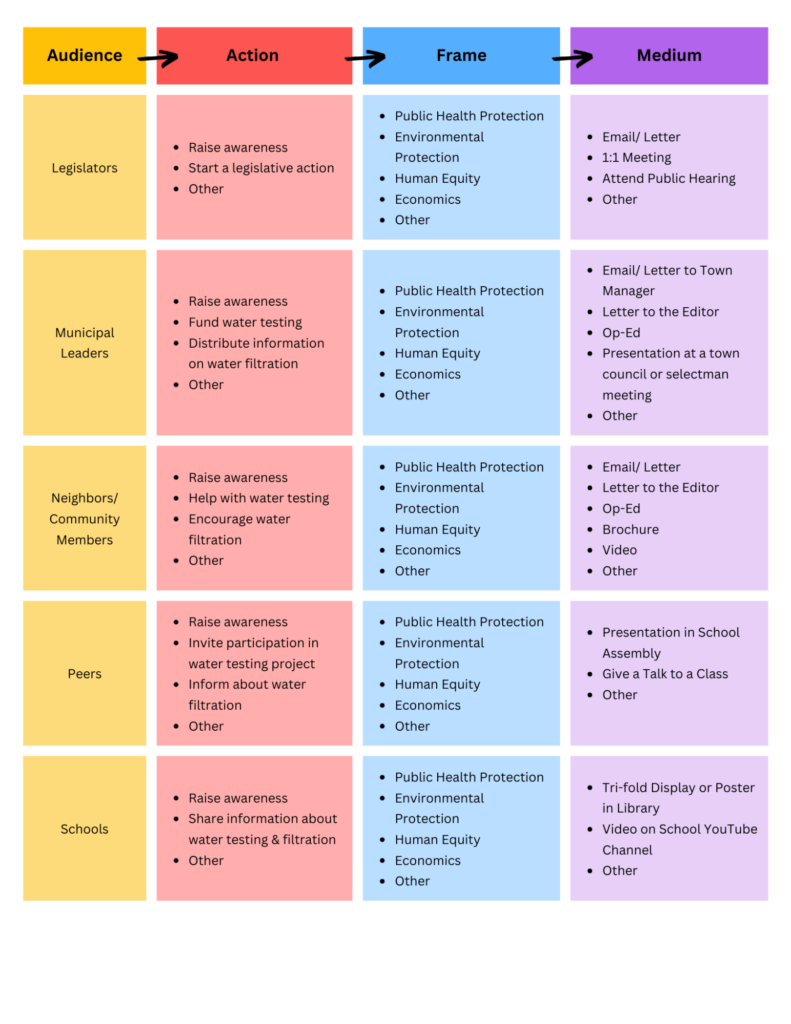
How will you reach your audience? Consider using one or more of the following mediums:
- Email/ Letter
- 1:1 Meeting
- Presentation or Talk
- Letter to the Editor or Op-Ed
- Poster, Brochure, or Tri-fold Display
- Public Service Announcement
- Video
- Other
Check out the additional resources and lessons below that focus on various mediums.
Media Resources
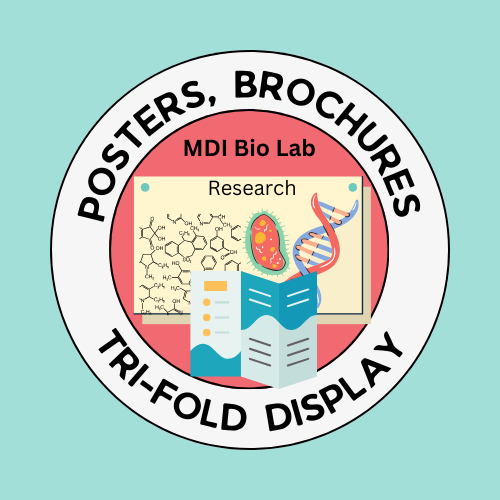
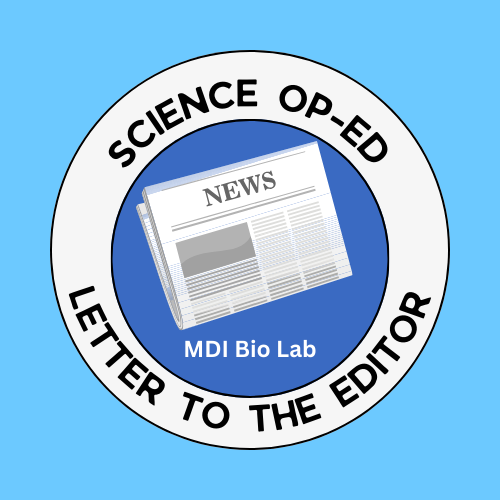
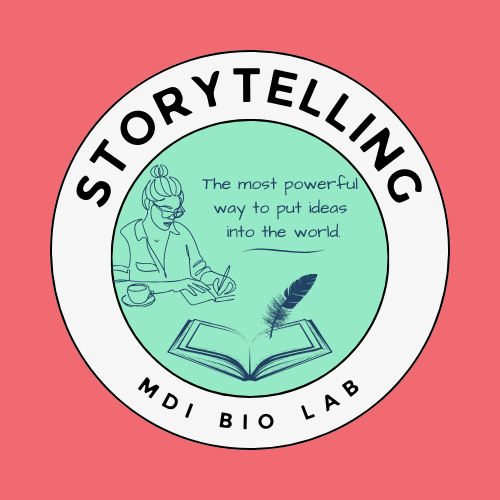
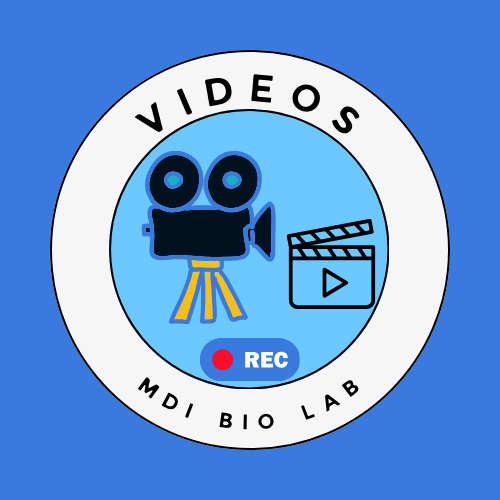
Step 7: Create your Outreach Plan
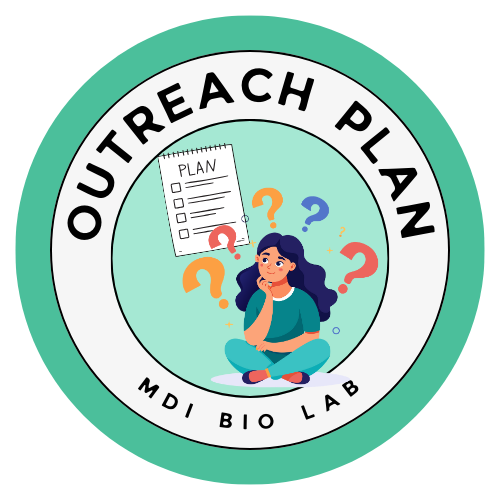
Now, begin creating an outreach plan. Include the following:
- Who is your audience?
- What action do you want them to take?
- What is your core message? In other words, what is the key takeaway you want your audience to remember after engaging with your outreach effort?
- What frame will you use to guide the story about the issue?
- How will you tailor your message to resonate with your audience’s interests and concerns?
- What medium will you use and why (why is your chosen medium the best way to deliver your message to your specific audience)?
- What data will you present to your audience that supports your message?
- In what format will you present the data?
- How will you make the data understandable and relevant to your audience? Will you use visuals, analogies, or real-life examples?
- How will you verify the accuracy and reliability of the data you present to the audience?
- Are there any potential biases or limitations in the data you should acknowledge to your audience?
- How will you encourage active participation and dialogue with your audience?
